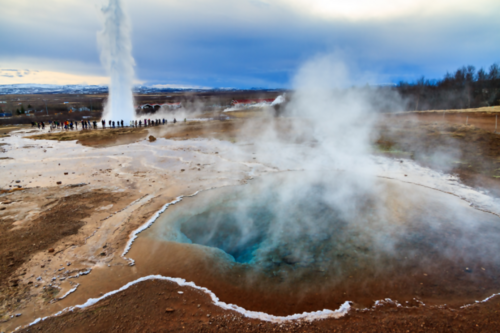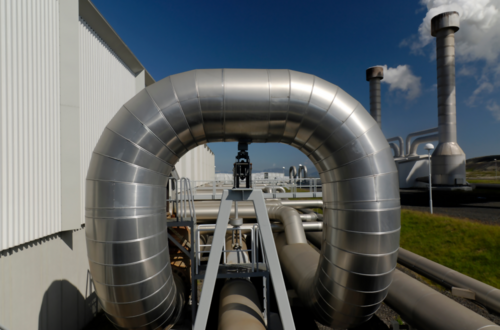
Energie Beheer Nederland (EBN), a public energy company, is playing a leading role in the energy transition. As part of the SCAN project (www.scanaardwarmte.nl), EBN commissioned Microbial Analysis to conduct a study on potential threats to future geothermal systems in the Netherlands.
Geothermal Systems and Potential Risks
Geothermal heat is exploited in geothermal systems by pumping hot water from the ground. After delivering heat to a heat network, the cooled water is pumped back into the ground. The presence and growth of microorganisms can cause various problems in this type of system. These include blockages caused by microbial growth (biofilms), corrosion of pipes and acidification of the water by acids produced by microbes.
To assess the potential threat posed by microorganisms, EBN selected a number of sites where data acquisition wells were drilled into potential geothermal reservoirs. This was done, among other things, to access formation water. We analysed this formation water. We examined the quantity of microorganisms present and the chemical composition of the water.
To estimate the microbiological threat posed by the formation water, we undertook the following work:
Analyses of the Oranjeoord-01 (ORO-01) site showed that the water contains a moderate amount of microorganisms. a common observation for this type of site. We then focused the study on the five most prevalent and riskiest bacterial species in this context. We examined growth conditions such as carbon availability (energy source), temperature, pH and the presence of oxygen and essential nutrients.
The study yielded several insights, some of which are mentioned below. Notably, carbon, which is crucial for microbial growth, was present in various forms, but in relatively low concentrations. Essential salts for microbial growth were present in high concentrations, as were nutrients such as nitrogen and sulphur, which were detected in various forms. However, phosphate was not measured, which could potentially limit growth. Gases such as carbon dioxide were only detected in low concentrations. No hydrogen or hydrogen sulphide was detected.
Conclusions
As long as conditions remain stable and relatively unchanged, the likelihood of microorganisms causing problems when using the water from the study sites is low. However, a possible change, such as the introduction of an additional carbon source, could have an adverse effect, given that sufficient essential nutrients are already present.

Do you want to know more about Geothermal Energy, please contact Elsemiek Croese,
croese@microbialanalysis.com
